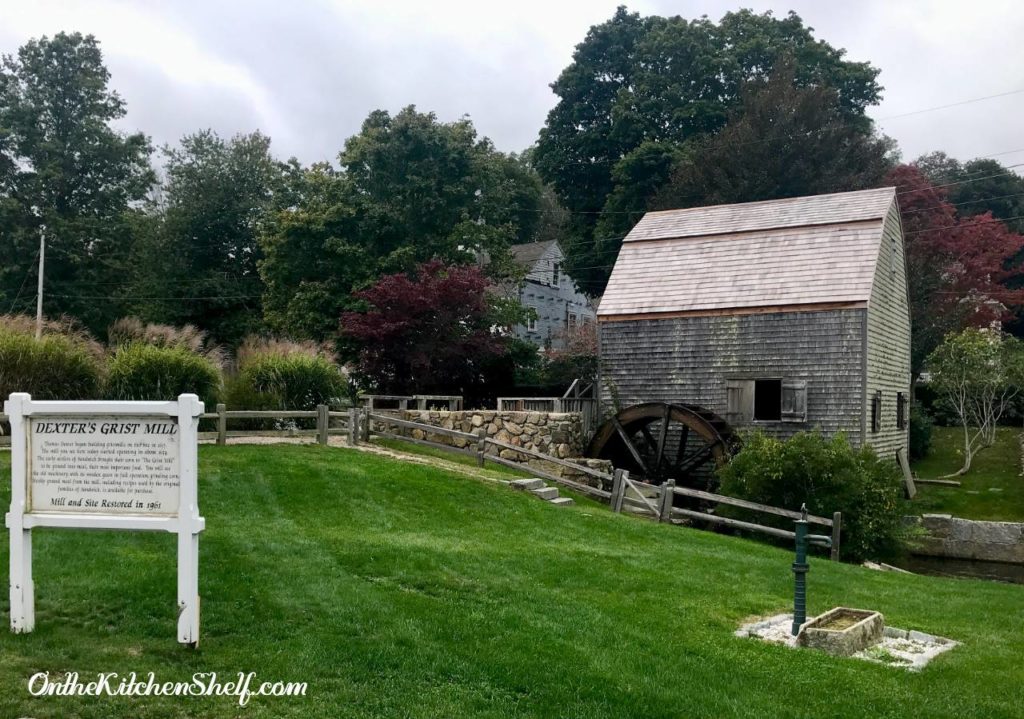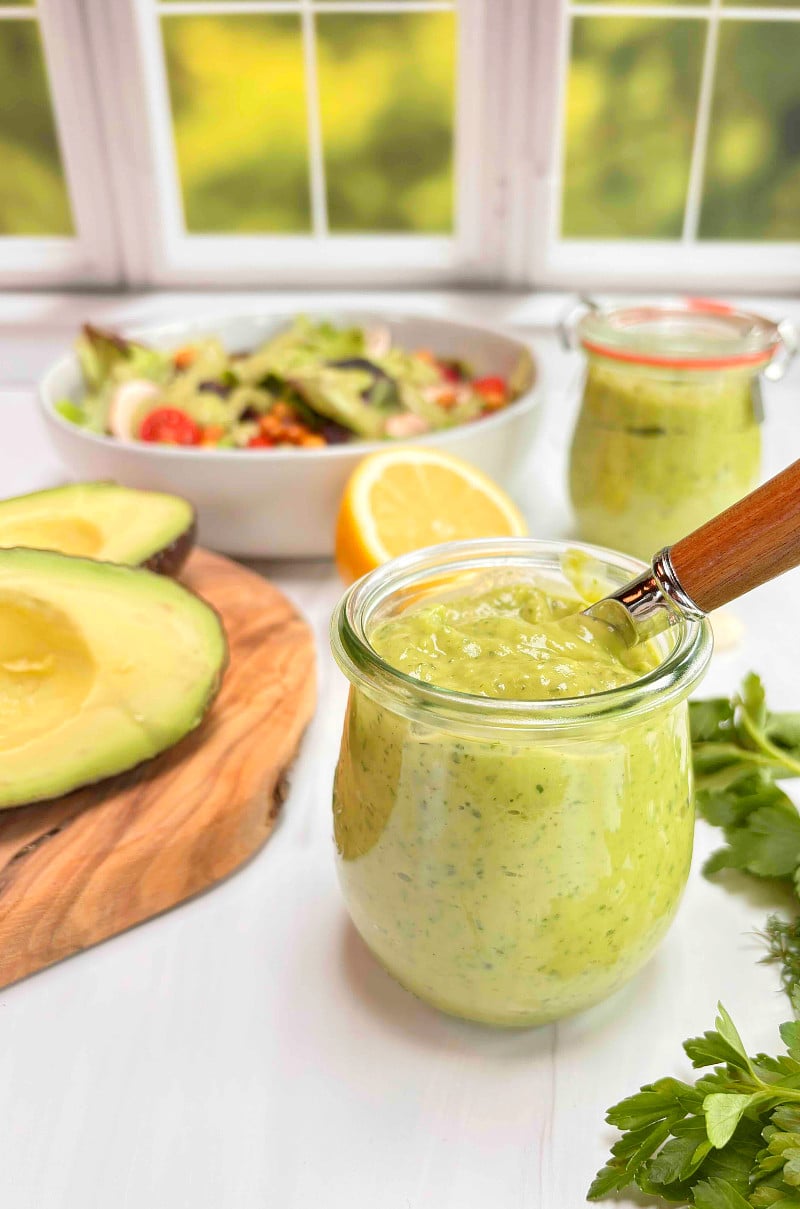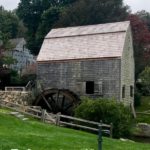Mark and I love to travel and one of the things I like to do when we visit somewhere new (and he is a good sport about it) is to go on some type of food tour. It often is a full-blown walking tour. We walk all over town sampling food from a variety of shops and learn the history of the area. Other times we go to one place and learn about a specific food and its significance to the area. On our most recent vacation, we toured one of the oldest New England Grist Mills in the area.
A few weeks ago we took a vacation to Cape Cod. I grew up on the East Coast and traveled up the coast with my family but we had never visited Cape Cod. Many of my friends have spent time there and loved it so it has been on my list to visit for a while.
We went in the shoulder season, early October, to avoid the crowds and were hopeful we might get some good leaf-peeping in too!
If you have not been to “The Cape”, it is a long, narrow peninsula off Massachusets, south of Boston. It is technically an island due to a man-made canal. The “Lower Cape” is actually the top of the peninsula and where the first pilgrims landed when they arrived in America. The “Upper Cape” is closest to the mainland and is full of historic sites and quaint towns and villages.
There are many small towns scattered throughout the Cape – more than one quick trip allowed for seeing. We only had time to explore a few of them, but the highlights for us were Chatham (located in the elbow of the Cape), Sandwich, in the upper cape, and Truro, in between Provincetown and Chatham near the National Seashore.
We spent one day exploring Sandwich, Massachusetts in the “Upper Cape” and toured a couple of historic sites. The Dexter Grist Mill, one of the oldest mills in the US, was a highlight for me. This New England Grist Mill dates back to the 1640s and has gone through a number of reconstructions and renovations including a complete rebuild in the 1960s. The town of Sandwich purchased the building and land and restored the old mill as a way to help preserve the historic area of the town.
In the 1600s, the Grist Mill was the center of town. It was where everyone brought their corn to be milled into cornmeal for bread and cakes. Wheat flour wasn’t available to the settlers and the Indians taught them how to mill corn and cook with cornmeal.
Our tour guides described and demonstrated the full milling process. They even allowed us to get the wooden water wheel started and then go in and watch how the corn was ground into meal.
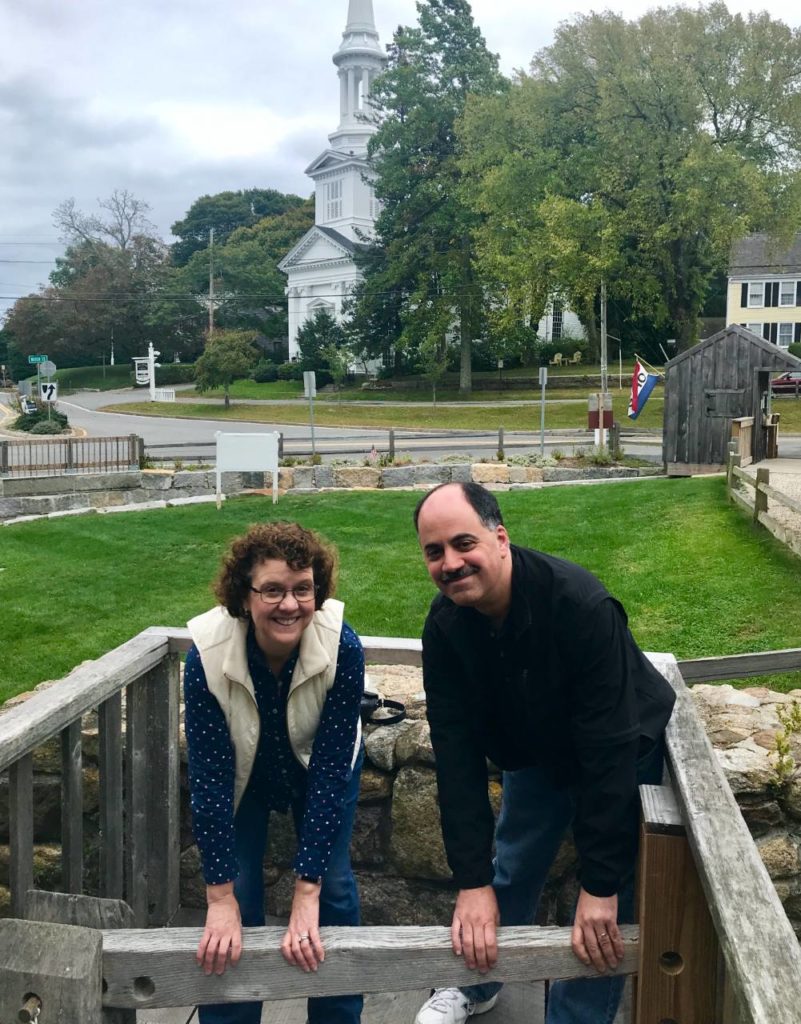
The wheel starts and the grindstones start moving. Corn is dumped into the hopper as the wheels are turning. It falls through the center and in between the grooved millstones. It slowly moves through the stones and the ground corn spills into the trough below, where it is bagged.
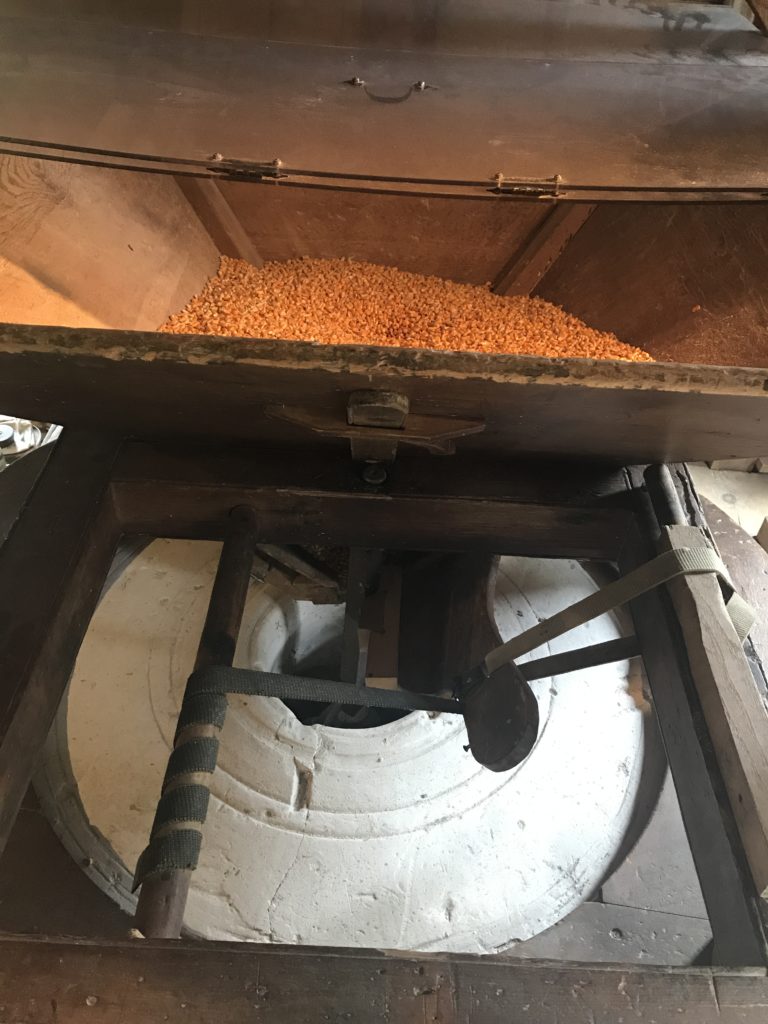
One thing our guide was very clear on is that cornmeal undergoes a grinding process, it is not milled. Milled cornmeal is very fine, almost like flour. The cornmeal that is ground here has much more texture. As it comes out of the grindstones, you can see it is really different from the cornmeal we are accustomed to.
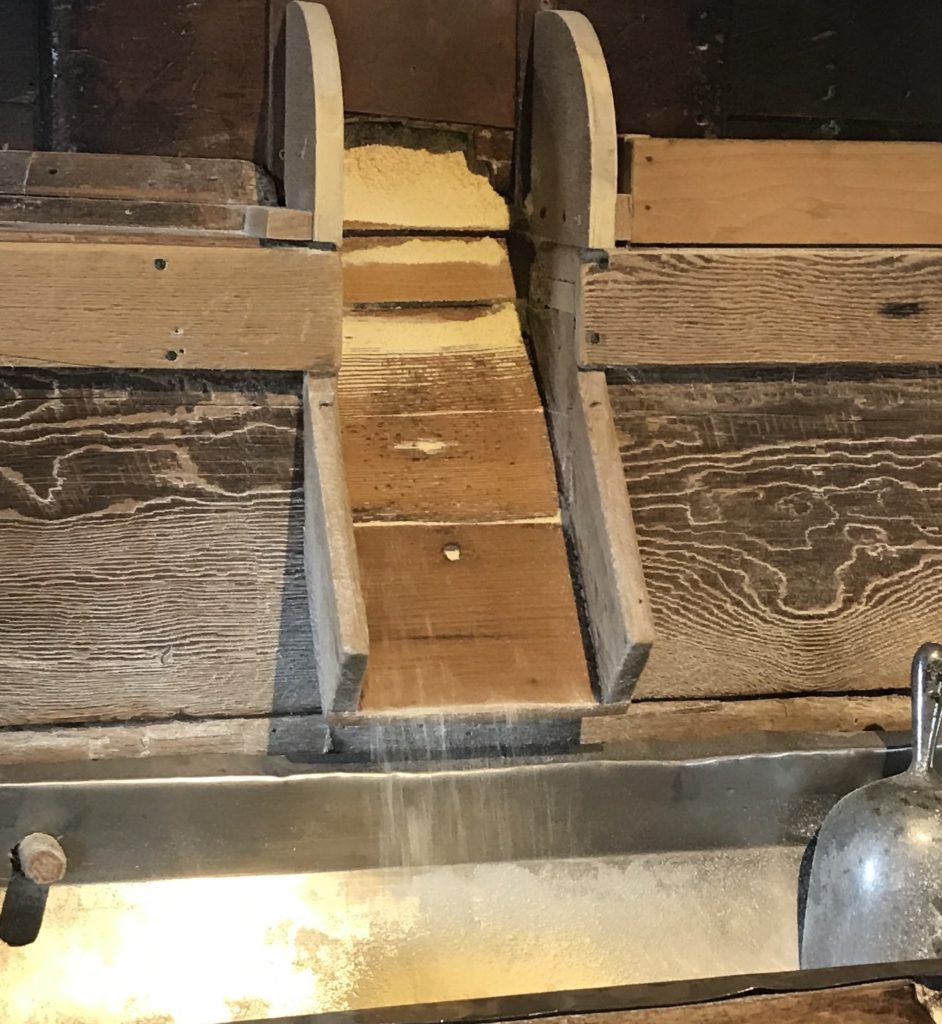
The corn is ground into a pretty rough texture. You can still see the outer portion of the corn, the hull, and the germ remain. It’s grainy, not smooth.
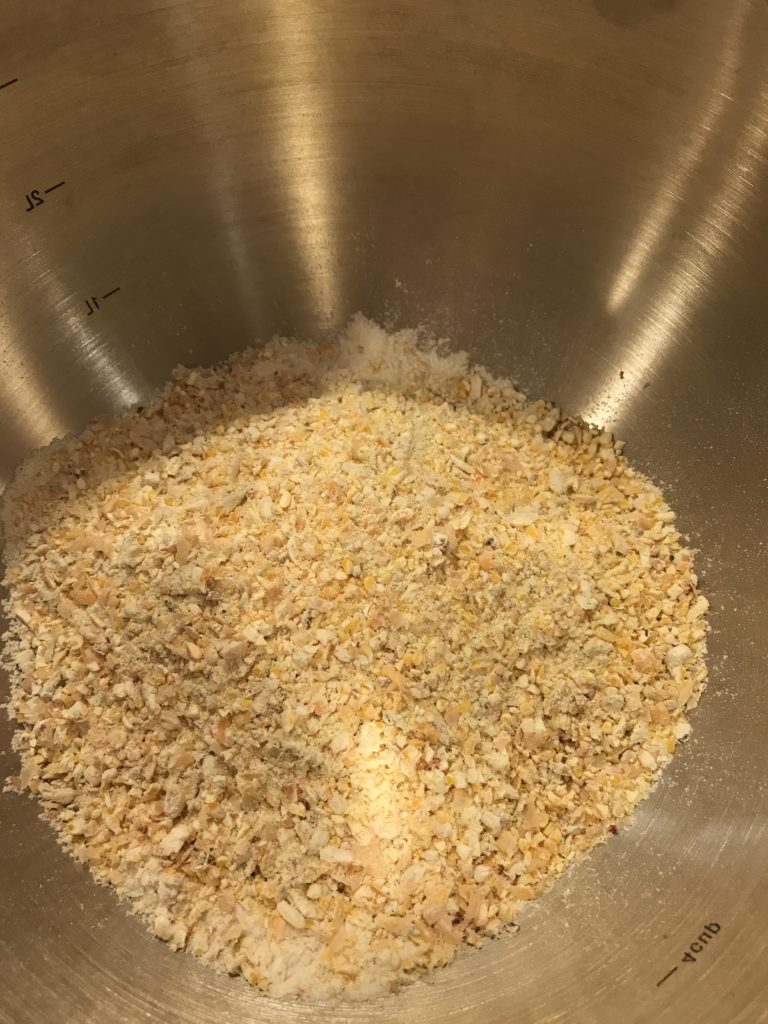
It cooks very differently too, so the texture in the final product is a bit rougher. I made polenta using it, which we liked but it was not the smooth polenta we are used to. I also made cornbread with it and have to say it was the perfect accompaniment to Split Pea soup. Nice and hearty and I will definitely make it again!
If you travel to Cape Cod and need a break from the beach, this New England Grist Mill and Sandwich Massachusetts is a good way to spend the day. It’s entertaining for adults and children and you can take home a bag of freshly ground cornmeal to experiment with!

